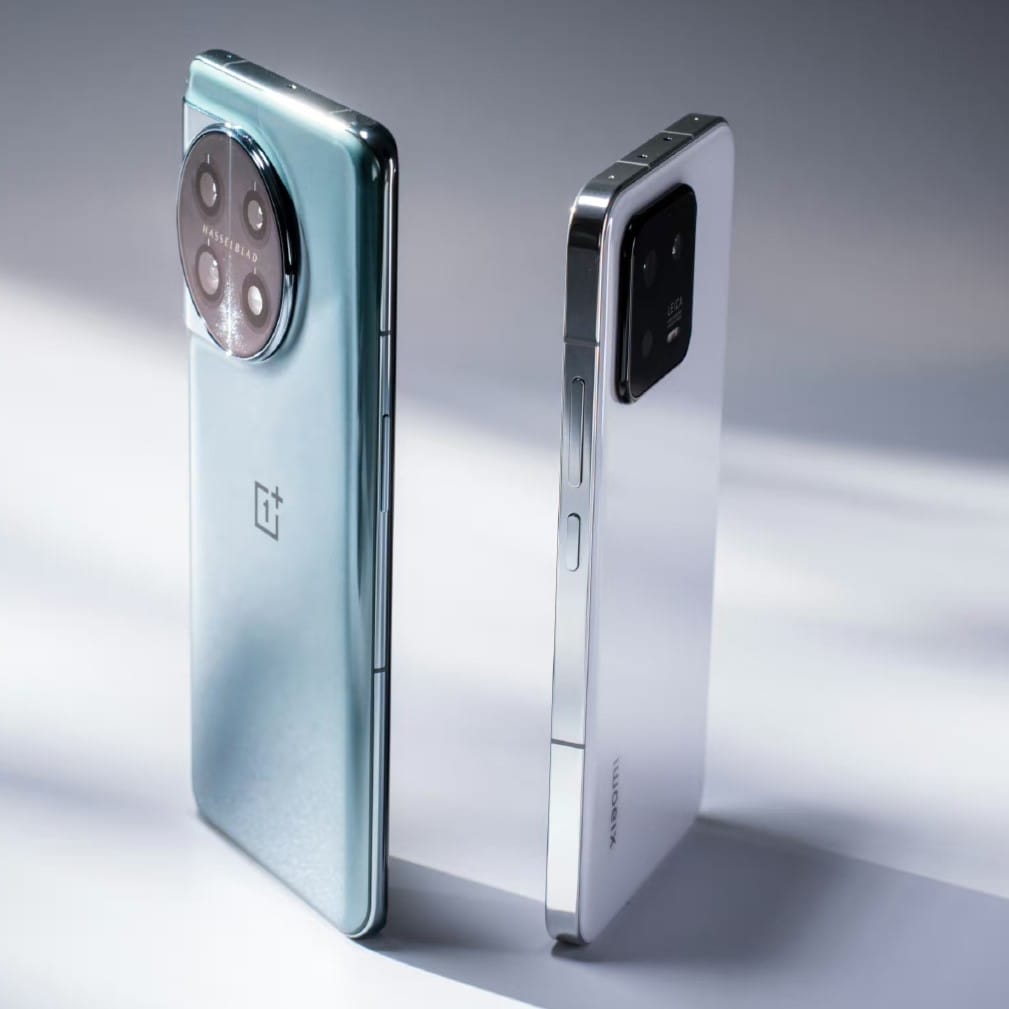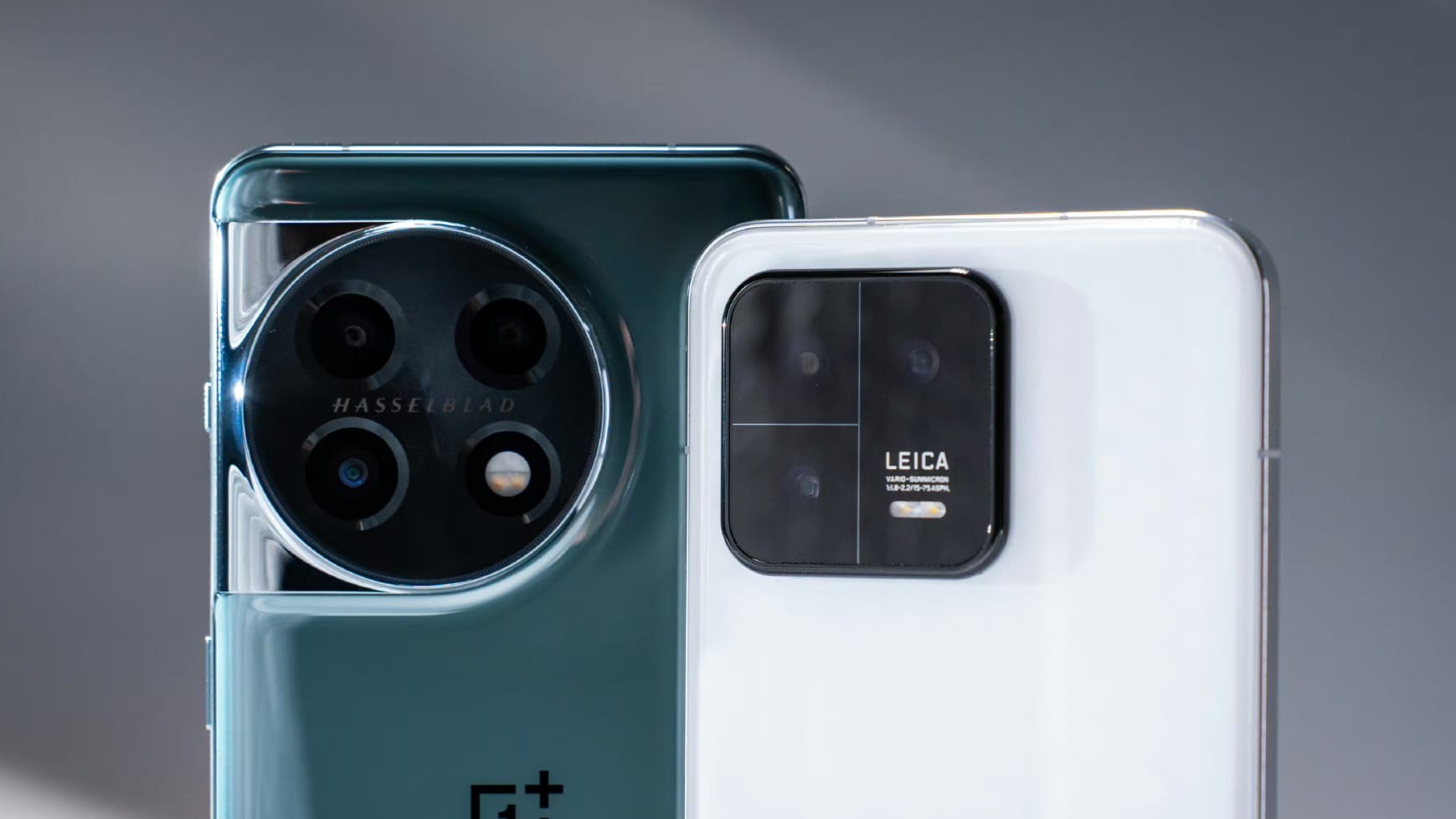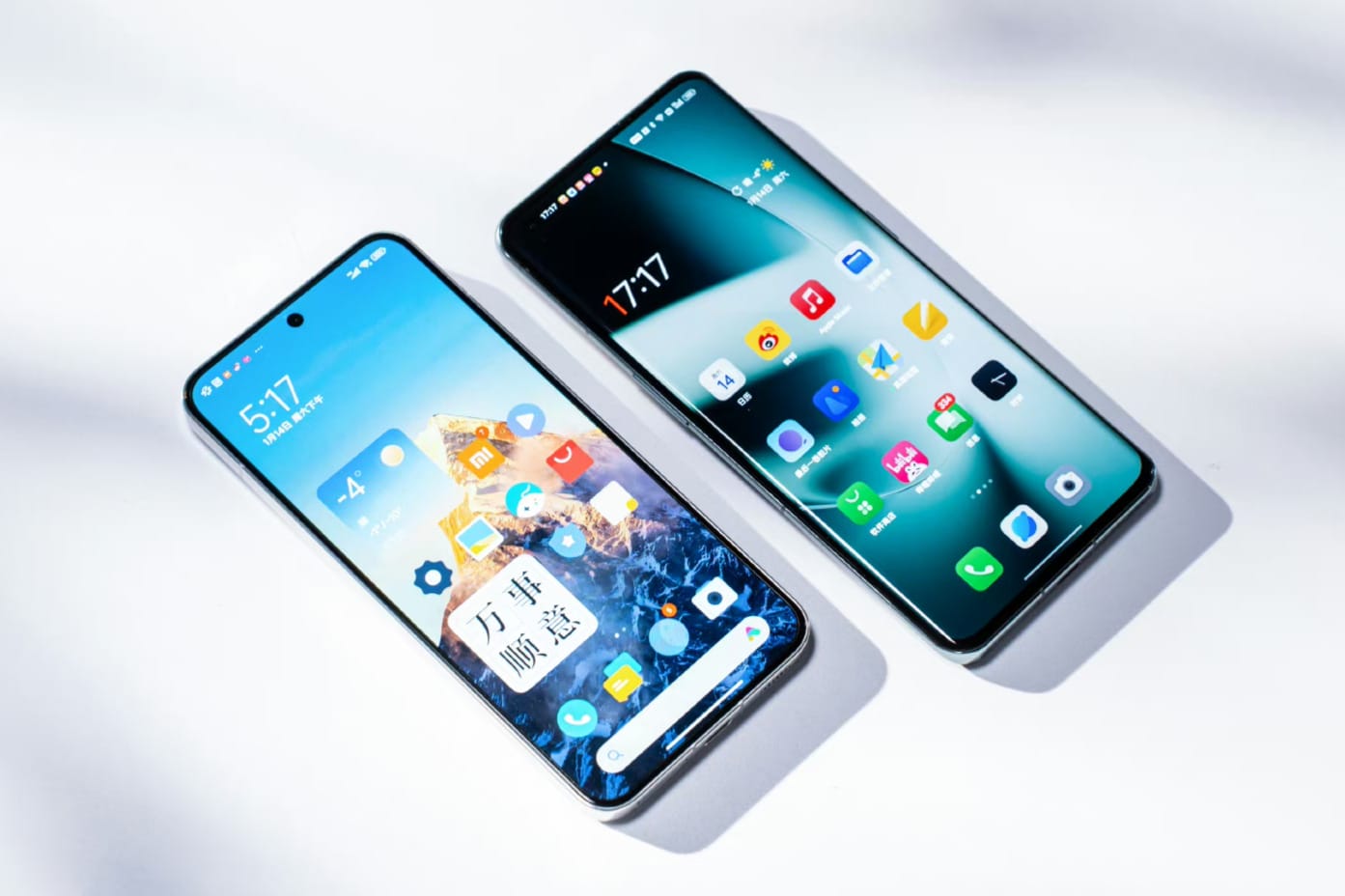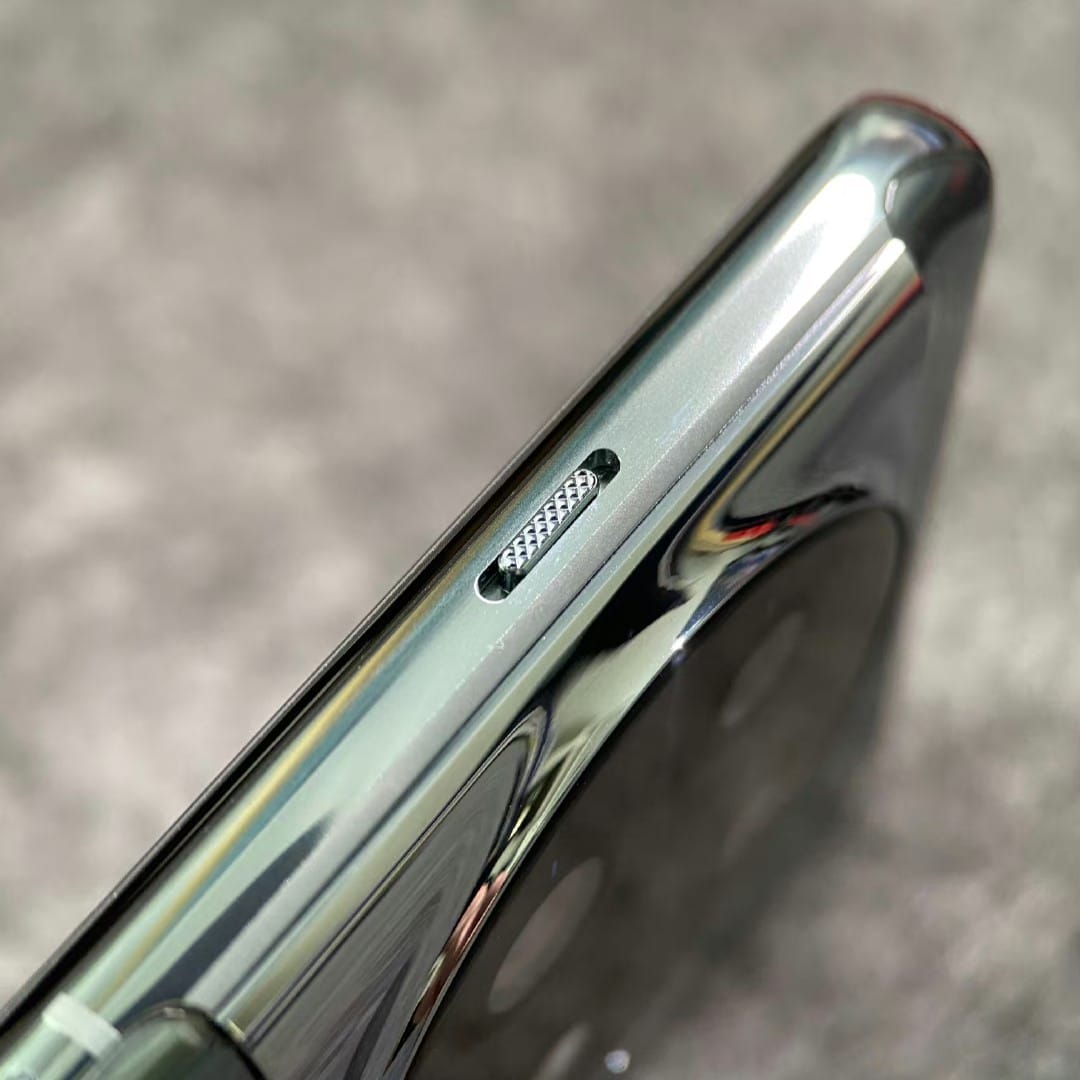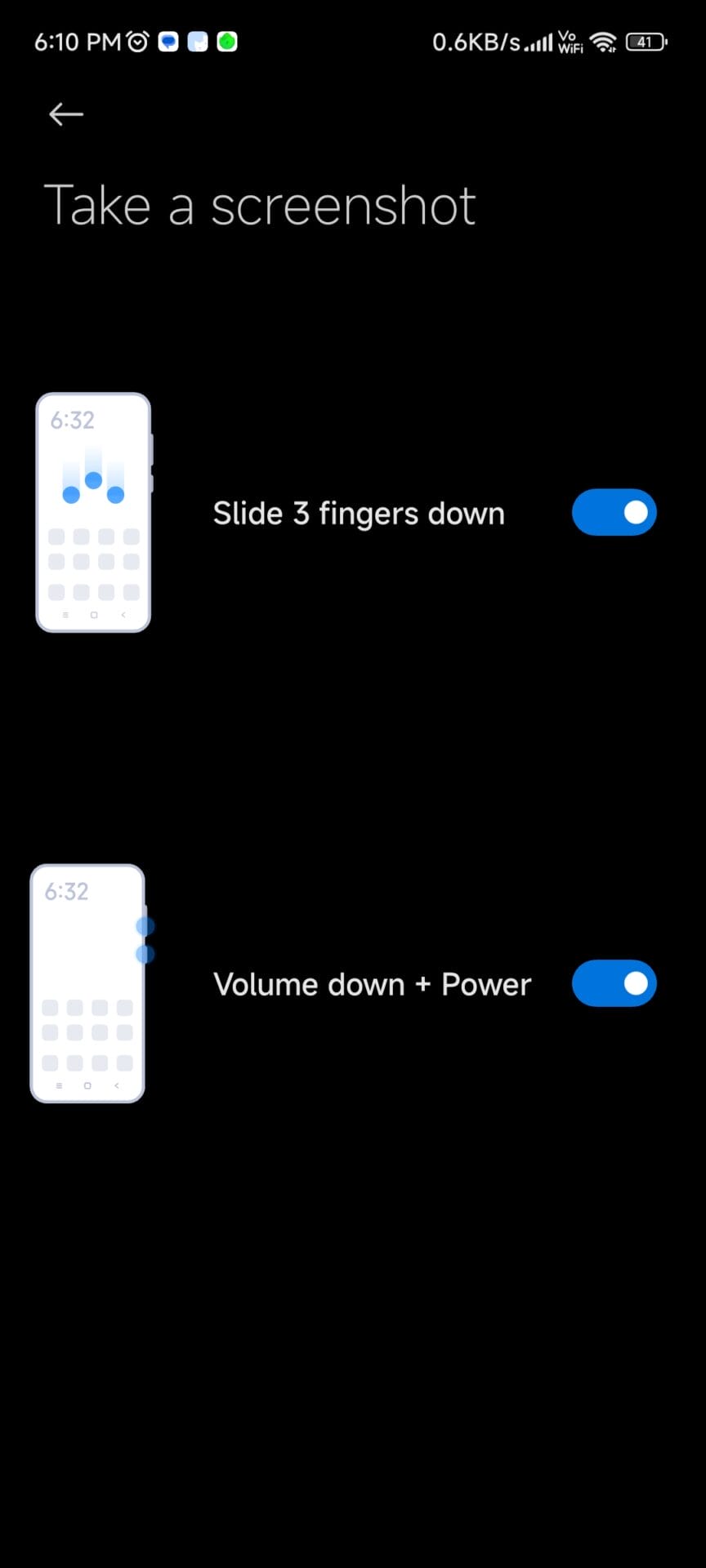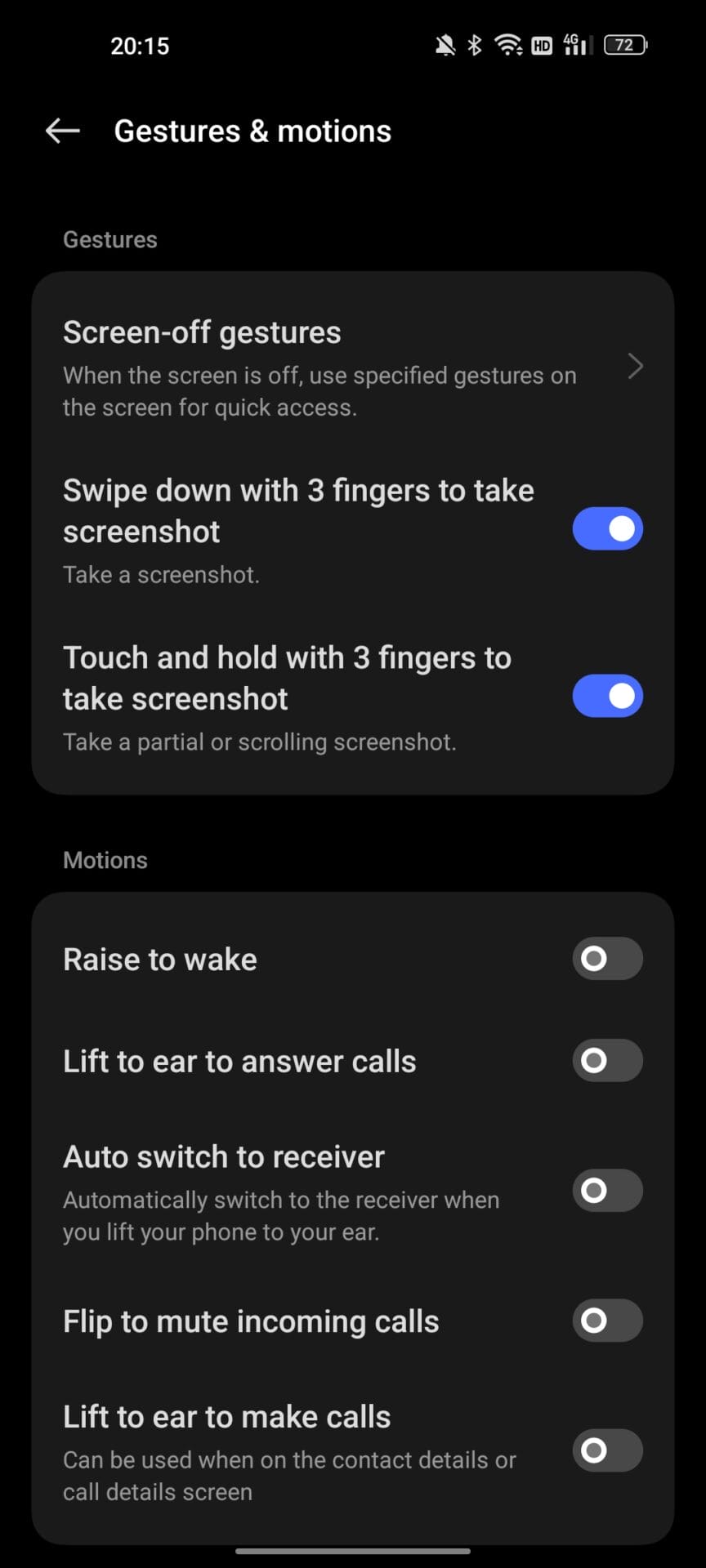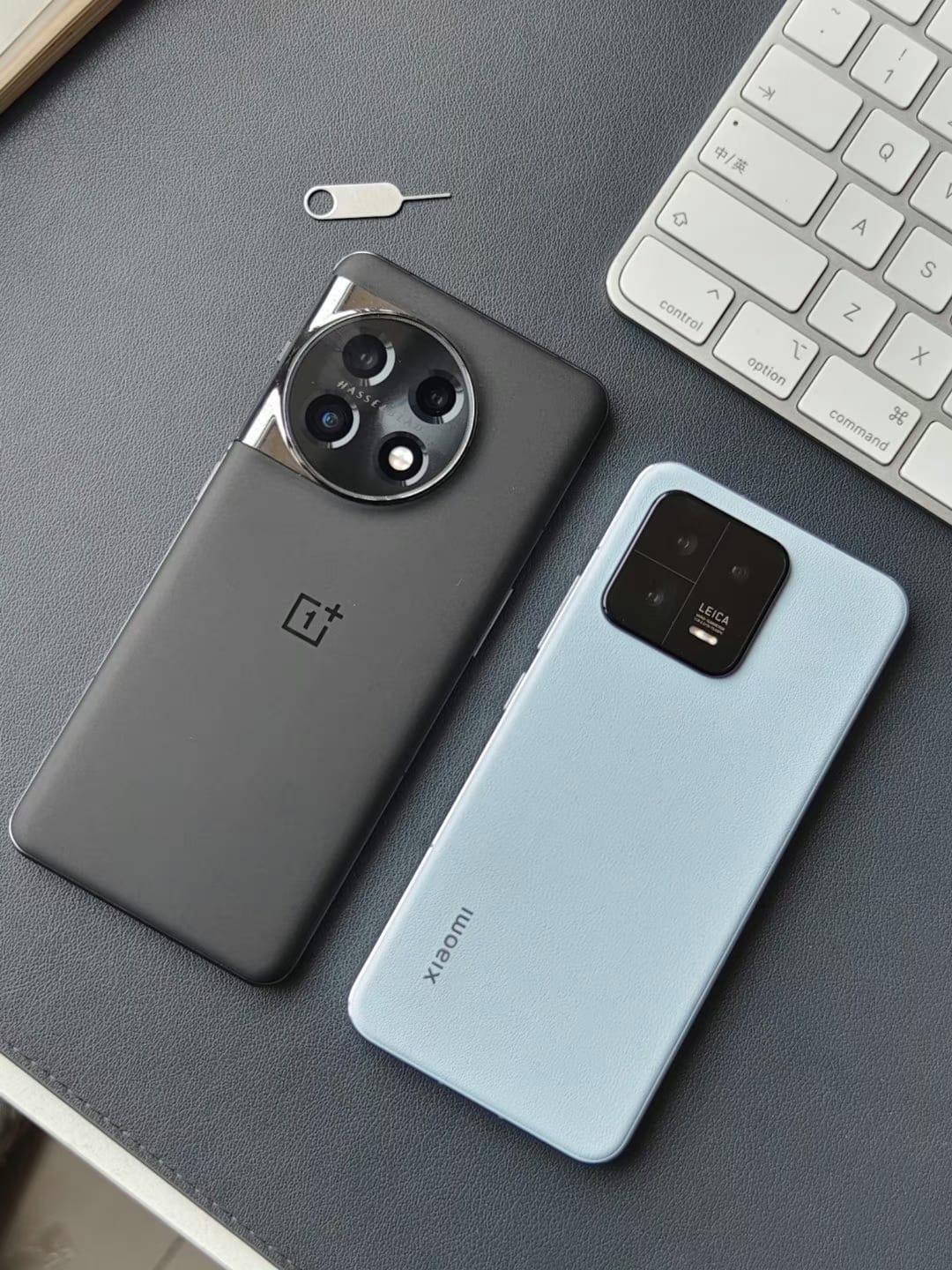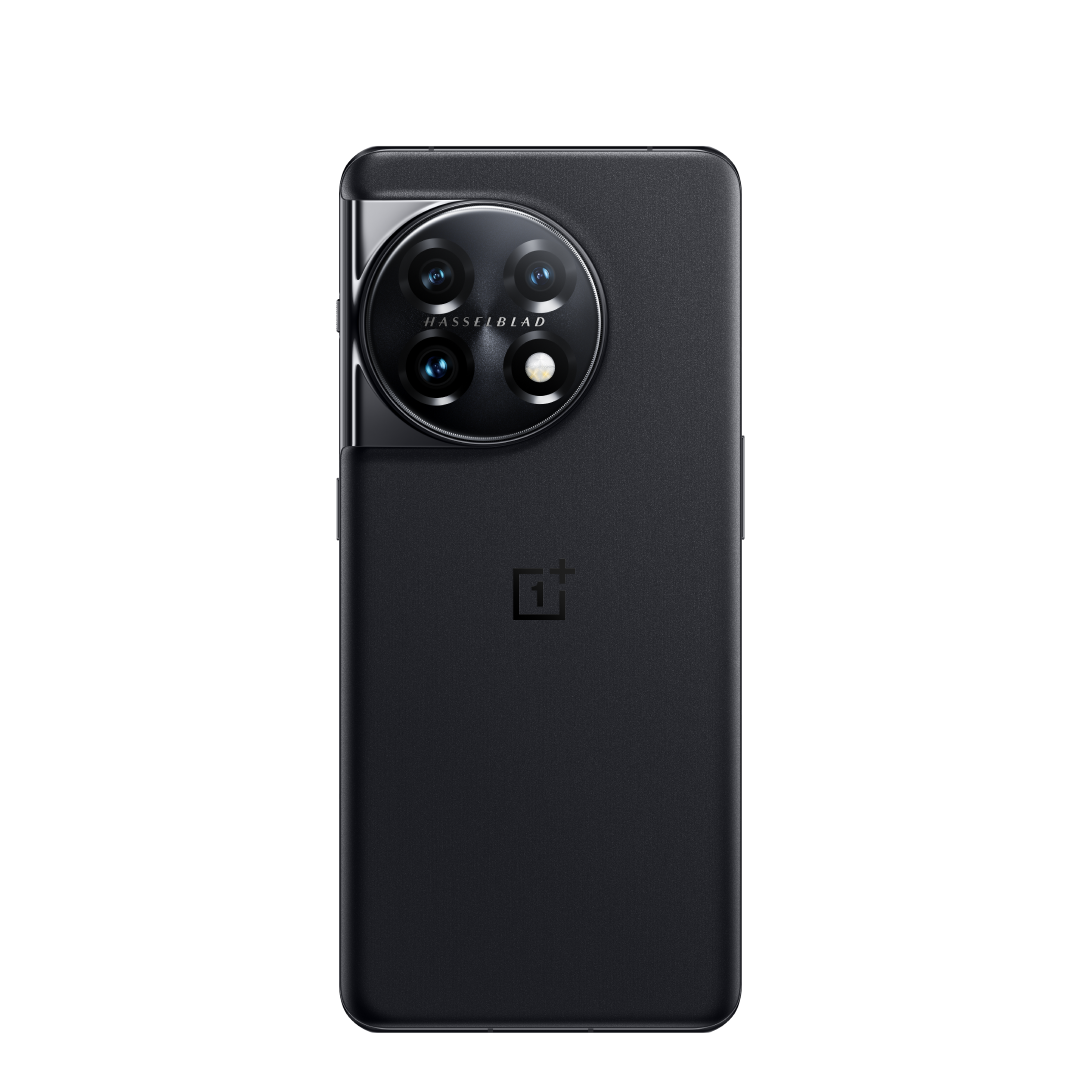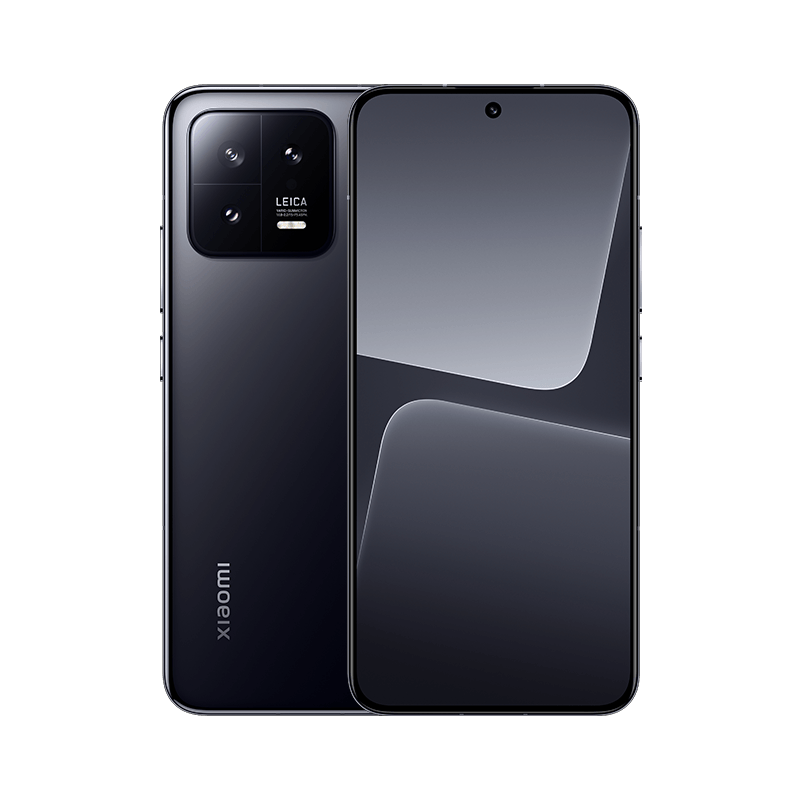Here is a Xiaomi 13 vs. OnePlus 11 comparison, the two devices which have similar pricing but are quite different from each other. In 2023, OnePlus has only launched one model, and there are no plans for a OnePlus 11 Pro release. On the other hand Xiaomi offers Xiaomi 13 and Xiaomi 13 Pro but the vanilla model is the one that’s similarly priced as OnePlus 11.
OnePlus 11 vs. Xiaomi 13 | Performance & Battery
Xiaomi 13 is just as fast as OnePlus 11. Both devices feature Snapdragon 8 Gen 2 and LPDDR5X RAM, as well as a UFS 4.0 storage unit that delivers sequential write speeds of around 3 GB/s but UFS 4.0 only available in models with a storage capacity of 256 GB and higher. Both phones are available in storage variants of 128GB, 256GB, and 512GB. Unfortunately, the USB Type-C ports on both phones only support USB 2.0 speeds, which limits file transfer speeds to 40 MB/s and makes the phones without video output through USB Type-C.
The primary difference between OnePlus 11 and Xiaomi 13 lies in their RAM. OnePlus 11 can go up to 16 GB RAM, while Xiaomi 13 is capped with 12 GB of RAM. However, considering the current state of Android apps, we believe that the extra RAM is not particularly useful apart from keeping many applications running in the background. Both devices can record 8K videos, and 12 GB of RAM is more than enough. Unless you are attempting to run a virtual machine on your phone or keep dozens of apps running simultaneously, 12 GB of RAM should be enough for your needs.
Xiaomi 13 features fast charging at a rate of 67W, while OnePlus 11 boasts SUPERVOOC fast charging at 100W and has a dual cell battery. Xiaomi 13 charges fully in 38 minutes, while OnePlus 11 takes just 25 minutes. Although the 13-minute difference may seem small, it’s worth noting that OnePlus’ charging technology is more advanced and generates less heat during charging. Xiaomi 13 has a 4500 mAh single-cell battery, whereas the OnePlus 11 has a 5000 mAh dual-cell battery, which makes OnePlus 11 slightly thicker than the Xiaomi 13.
Design & Display
Xiaomi 13 has a thinner body at 8mm compared to OnePlus 11 at 8.5mm, but the thickness of OnePlus 11 is reasonable given its 6.7-inch display size and comparable to other thick phones like Samsung Galaxy S23 Ultra and iPhone 14 Pro Max.
In terms of weight, the Xiaomi 13 is lighter at 189 grams, while OnePlus 11 weighs 205 grams. Despite being lighter on paper, the smaller size of Xiaomi 13 with its 6.36-inch display makes it difficult to notice any significant difference in weight. Meanwhile, the Galaxy S23, which weighs only 168 grams, can be considered as a light phone, but its battery is much smaller at 3900 mAh. Xiaomi has struck a good balance between battery size and compactness with Xiaomi 13.
Both phones feature a glass back, but Xiaomi 13 also offers a leather version as well. The display of Xiaomi 13 is protected with Gorilla Glass 5, while OnePlus 11 uses Gorilla Glass Victus.
Both the Xiaomi 13 and OnePlus 11 have OLED displays, but with different resolutions. While Xiaomi 13 has a Full HD resolution, OnePlus 11 boasts a QHD resolution. The difference between the two is noticeable only when viewed only closely, OnePlus 11 also features LTPO3 technology that automatically adjusts the refresh rate based on the content displayed, which saves battery power. OnePlus 11’s display refresh rate can even drop to 1 Hz. Xiaomi 13, on the other hand, does not have LTPO and its display is limited to run at either 60 Hz or 120 Hz.
Moreover, the peak brightness of Xiaomi 13 is higher than OnePlus 11, making it easier to see in bright sunlight. Xiaomi 13 has a peak brightness of 1900 nits, while OnePlus 11’s peak brightness is 1300 nits. If you prioritize resolution over brightness, OnePlus 11 might be a better option. However, since these displays are not a monitor and the phones need to be used both indoors and outdoors, we can consider the higher peak brightness of Xiaomi 13 as an advantage.
Both phones have an aluminum chassis, but Xiaomi 13 has a more rectangular design. Xiaomi 13’s power and volume buttons are on the right side, while OnePlus 11 has the power button and alert slider on the right side and volume buttons on the left side. OnePlus 11’s alert slider is a classic feature that allows users to switch between ring, silent, and vibration modes without even unlocking the phone. It would be nice to see an alert slider on the Xiaomi 13, but only OnePlus and Apple have included this feature so far.
For years, OnePlus has positioned the power key and volume rocker separately on either side of the phone, which actually makes it easier to take a screenshot with one hand. Let’s consider you’re right-handed, you can easily take a screenshot with your thumb on the power button and your index finger on the volume down button.
But since both OxygenOS and MIUI have their own easy ways of taking screenshots, this is not a big problem. While most brands position all the keys on one side, it is pleasing for OnePlus fans that OnePlus continues this attitude.
Cameras
Xiaomi 13 and OnePlus 11 have partnered with famous camera brands for their development. OnePlus 11 has collaborated with Hasselblad while Xiaomi 13 has partnered with Leica.
The main camera of OnePlus 11 has a 50 MP Sony IMX 890 sensor with OIS, an f/1.8 aperture lens, and a 1/1.56-inch sensor size. Its telephoto camera has a 32 MP Sony IMX 709 sensor with no OIS, an f/2.0 aperture lens, and a 1/2.74-inch sensor size. The ultra wide angle camera of the OnePlus 11 comes with a 48 MP Sony IMX 581 sensor and an f/2.2 aperture.
On the other hand, Xiaomi 13’s main camera has a 50 MP Sony IMX800 sensor with OIS, an f/1.8 aperture lens, and a 1/1.49-inch sensor size. The telephoto camera of Xiaomi 13 has a 10 MP Samsung ISOCELL S5K3K1 sensor with OIS, an f/2.0 aperture lens, and a 1/3.9-inch sensor size. The ultra wide angle camera of Xiaomi 13 has a 13 MP Omnivision OV13B10 sensor with an f/2.2 aperture lens and a 1/3.06-inch sensor size.
The front facing camera of OnePlus 11 has a 16 MP Samsung ISOCELL S5K3P9 sensor with an f/2.4 aperture lens, while Xiaomi 13’s front camera has a 32 MP Omnivision OV32C sensor with an f/2.0 aperture lens.
Even though the OnePlus 11’s auxiliary cameras have higher resolutions, the telephoto cameras of both phones can only shoot at 1080p and do not support 4K recording. Xiaomi 13’s telephoto camera can record video at 1080p 60 FPS but OnePlus 11’s telephoto camera is capped at 1080p 30 FPS. The ultra wide angle camera of both phones support 4K 30 FPS and 1080p 60 FPS video recording.
The telephoto cameras of OnePlus 11 and Xiaomi 13 have different zoom capabilities, with OnePlus 11 is capable of 2x and Xiaomi 13 is capable of 3.2x zoom. However, it’s hard to determine which phone is better since the Xiaomi 13’s small sensor size can make it difficult to take photos in low light despite its greater zoom capacity.
Both phones have impressive main cameras that perform well during video recording, with Xiaomi 13 series having the additional feature of being able to shoot Dolby Vision supported videos, which OnePlus 11 lacks. Both phones are also capable of shooting LOG video. However, the auxiliary cameras on both phones produce soft images with little detail, so if you want better cameras, you may need to consider more expensive options.
It’s worth noting that the main cameras of both phones are powerful and have a wide dynamic range. Xiaomi 13 series has made with the help of Leica, which allows for effective use of Leica Vibrant and Leica Authentic modes that produce photos with realistic colors. Xiaomi 13 comes with new fancy portrait mode using both its main and telephoto cameras, it has 35mm Black & white, 50 mm Swirly bokeh, 75mm portrait and 90mm Soft focus modes.
Verdict
Deciding between the OnePlus 11 and Xiaomi 13 depends really on your preferences. If you want a compact phone, Xiaomi 13 may be the better option, while if you prefer a larger phone with a curved screen, OnePlus 11 is the one for you. Both phones perform similarly in terms of speed, but OnePlus 11 has extra 500 mAh battery and the tempting feature of 100W fast charging, which can fully charge the phone in just 25 minutes.
For power users who use their phone extensively, the OnePlus 11 may be the better choice due to its 100W fast charging and 16GB RAM but if you prioritize camera quality it’s really not easy to recommend one. There are other options such as Pixel 7 Pro, Galaxy S23 Ultra, or Xiaomi 13 Pro, although these will be more expensive. We wish OPPO Find X6 Pro to be released globally as the OnePlus 11 Ultra, but it looks like OPPO Find X6 Pro will remain exclusive to China.
So here is our OnePlus 11 vs. Xiaomi 13 comparison, what do you think about the both phones? Please comment down below!

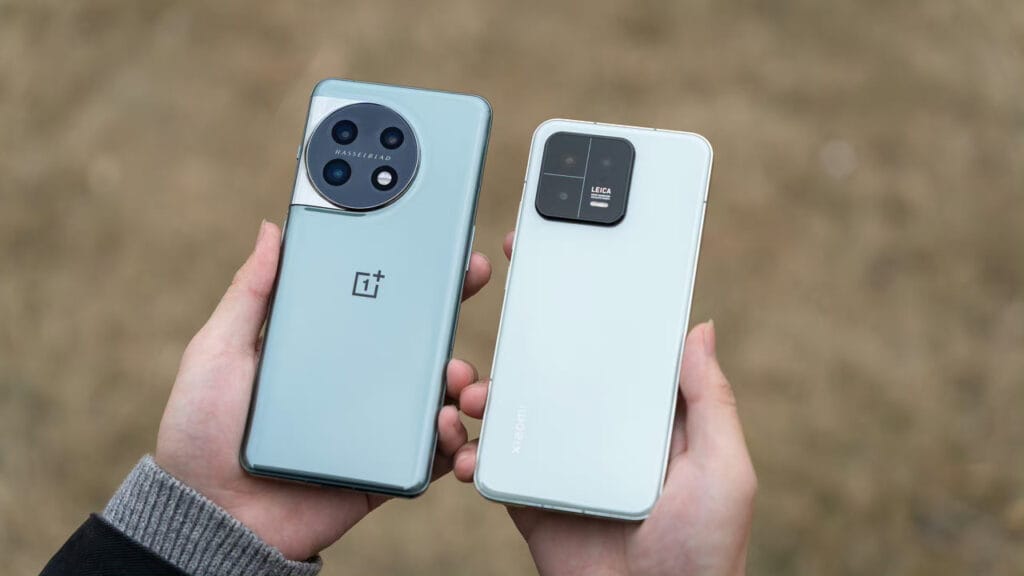
 Kadir Can Akıncı
Kadir Can Akıncı